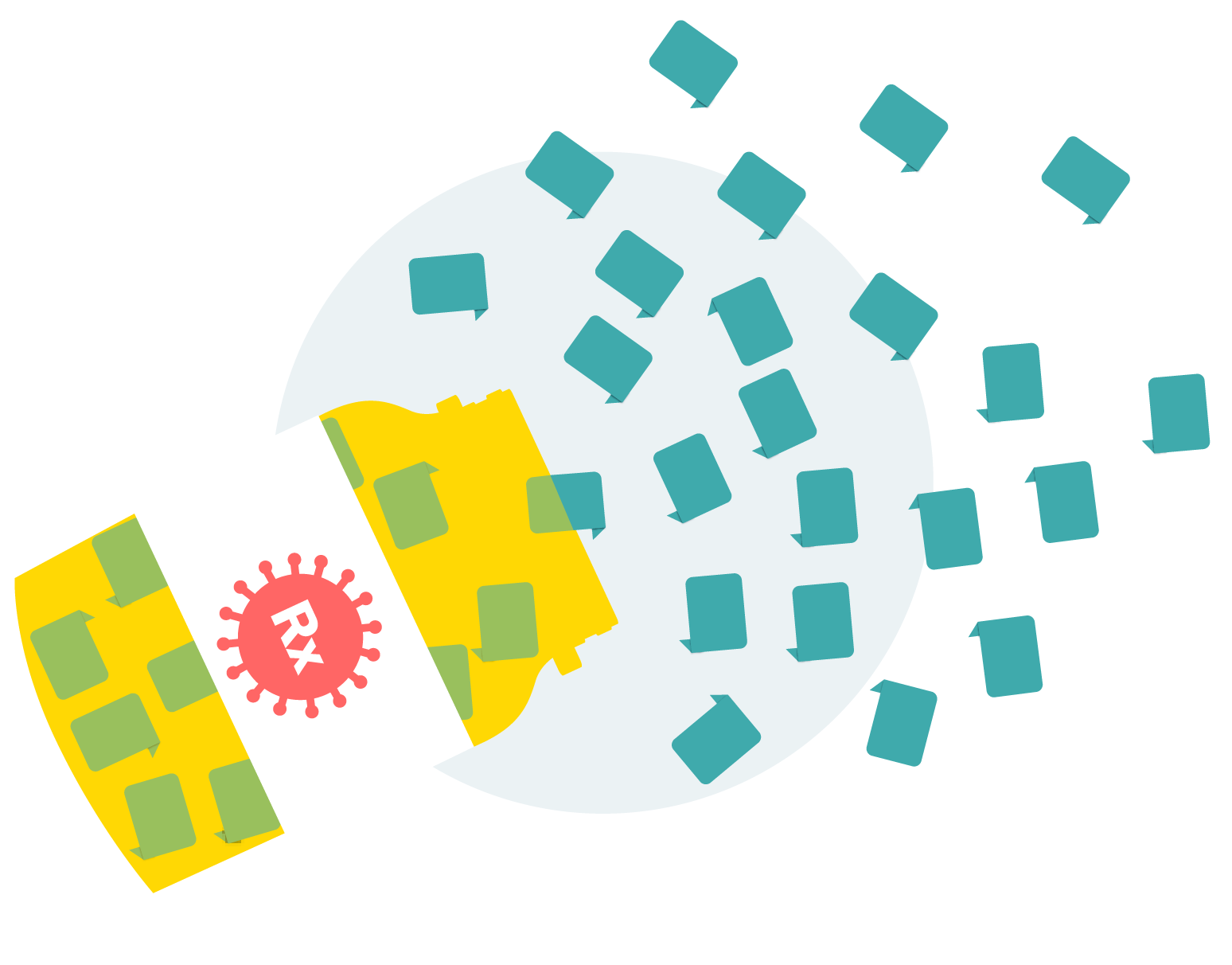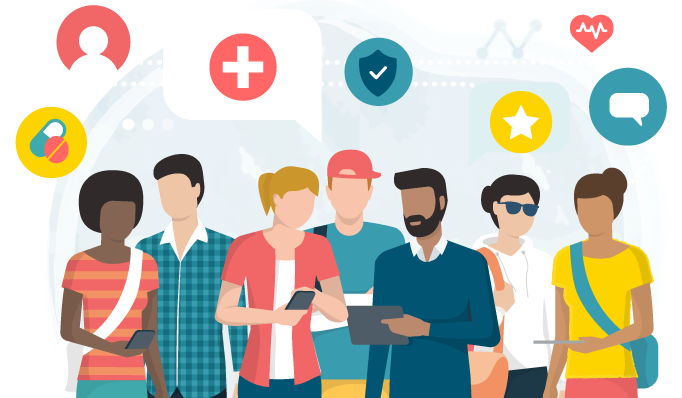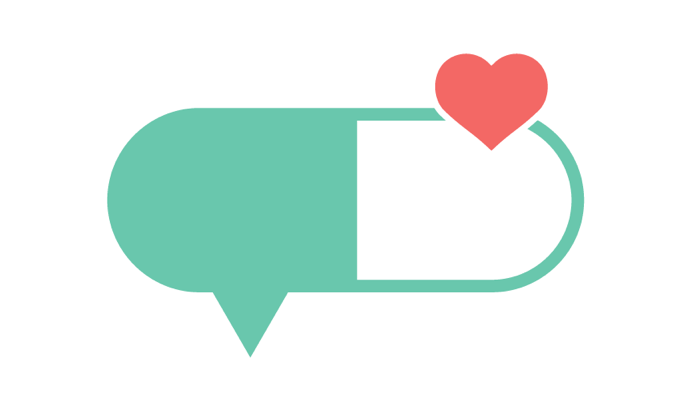Everyone saw it coming at the end of 2020. New vaccines looked very promising, production was ramping up, and supply chains were mobilizing. But the numbers were enormous and the challenge was huge. In the United States alone, most projections suggested that about 500 million vaccinations would need to be administered in order to achieve the levels of herd immunity needed to contain the coronavirus.
Think about that for a minute. 500 million shots, to be administered into the shoulders of every demographic, and age group, in every region of the country.
Today, the actual number is now likely to be more than 600 million because Dr. Anthony Fauci believes the target is likely in the 75-90% range for a disease of this type. As we move beyond the priority groups and onto the masses, the challenge will increase.
Warp Speed versus Speed Bumps
Back in December, I wrote about the challenges that lie ahead. We knew supply and demand would be an issue early on, but that will correct as the supply chains mature. The bigger problem lies with the industry responsible for administering the vaccinations.
The administrative process bottleneck that’s been part of healthcare for decades is not something that is well suited for a task of this magnitude. And it shows.
My wife is a healthcare worker and if her recent vaccination experience is any indication, we have a long way to go. After dealing with a complex registration process on a county website and filling out several paper forms, she got her vaccinations scheduled. On the day of her appointment she was alone at the local retail chain pharmacy, which was processing 1 patient every 20 minutes. While the shot took only 30 seconds to administer, the caregiver spent 15 minutes entering data in a computer terminal. If that pharmacy runs 24x7 (which it doesn’t), they’re processing just 72 patients per day.
No wonder we’re two months into the vaccination program, and only 10% of necessary shots have been administered.
Everyone agrees we’re dealing with an unprecedented challenge, but what can be done in addition to deploying the US military?
A Different Kind of Mobile Technology
The industry must find ways to make it easy for the masses. People increasingly prefer using technology, but driving adoption for anything new is always challenge. Consumers don’t read emails, they have too many mobile apps, and they don’t remember passwords.
There is hope on the IT front. Today, there are more than 260 million smartphone users in the US. Each of those devices is a powerful, connected mini computer that people spend 5.4 hours per day using. The mobile opportunity is clear, but still untapped.
Healthcare has tried to engage patients through mobile apps, but the adoption rates are still hovering in the 10% range because of the friction apps present — patients must download the app, then set up an account, then remember their password, and then learn how to navigate and use the app. There are multiple hurdles which is why engagement rates lag.
One early report about the first contact tracing app to go live was telling. The Nevada Department of Health and Human Services launched COVID Trace. State health authorities “strongly recommended” all Nevadans download and use the app. But two and a half months later, the app had been downloaded just under 70,000 times, representing just under 3% of the state’s adult population. Just because you build it does not mean they will come.
If you need to engage 80 percent of the US population, the place to do it is on a device where 260 million of them spend several hours a day. But the time has come to consider something other than an app-based approach.
Emerging mobile technologies can now run outside of the app environment. Smart digital assistants that use the phone’s native messaging and voice functionality to interact with users are mature. It’s called conversational AI and many healthcare providers have seen the technology drive engagement rates at 10-20x over other tools.
How A Digital Assistant Engages for a Vaccination Appointment
The power of conversational AI is in its simplicity. There’s nothing to download or learn. It essentially talks you through a process, which is designed to result in an outcome. There are many processes — or workflows — in healthcare that could benefit from this, but let’s illustrate scheduling, a very common use case.
Imagine you have become eligible for a vaccination. The following sequence of interactions would take place beginning about a week before your first vaccination. Your provider, WestPath, reaches out, using messaging to interact with you, similar to the way you text with friends:
![]() Hi, I’m a digital assistant from WestPath Hospital. You’re now eligible for your COVID-19 vaccination.
Hi, I’m a digital assistant from WestPath Hospital. You’re now eligible for your COVID-19 vaccination.
![]() Do you have any questions about the vaccination, or shall we go ahead and schedule your first appointment?
Do you have any questions about the vaccination, or shall we go ahead and schedule your first appointment?
![]() No questions, let’s schedule an appointment.
No questions, let’s schedule an appointment.
![]() In order to find a location convenient to you, what’s your zip code?
In order to find a location convenient to you, what’s your zip code?
![]() 94111
94111
![]() OK, that’s San Francisco. Is that correct?
OK, that’s San Francisco. Is that correct?
![]() Yes, that’s correct.
Yes, that’s correct.
![]() I have appointments on Thursday, March 11. Does that work for you?
I have appointments on Thursday, March 11. Does that work for you?
![]() No, Friday is better for me.
No, Friday is better for me.
![]() OK, will Friday at 11am work for you?
OK, will Friday at 11am work for you?
![]() Yes, that works.
Yes, that works.
![]() Great, we have you scheduled for 11am on Friday, March 12.
Great, we have you scheduled for 11am on Friday, March 12.
![]() The vaccination location will be at the county vaccination site at 599 Embarcadero, San Francisco, CA 94107. If you click on the address link, your map app will provide directions.
The vaccination location will be at the county vaccination site at 599 Embarcadero, San Francisco, CA 94107. If you click on the address link, your map app will provide directions.
![]() I know where it is.
I know where it is.
![]() OK, you’re set. If you have any questions about the vaccination, you can type it in the chat space below.
OK, you’re set. If you have any questions about the vaccination, you can type it in the chat space below.
![]() What happens next?
What happens next?
![]() I will contact you 3 days before your appointment and help you get all the documentation submitted.
I will contact you 3 days before your appointment and help you get all the documentation submitted.
![]() Will there be any side effects?
Will there be any side effects?
![]() Some patients report swelling and soreness in the injection area. Fever, chills, tiredness, and headache are other reported side effects, and normal.
Some patients report swelling and soreness in the injection area. Fever, chills, tiredness, and headache are other reported side effects, and normal.
![]() Here’s a link to the CDC vaccination page if you would like to learn more.
Here’s a link to the CDC vaccination page if you would like to learn more.
![]() Thank you!
Thank you!
![]() OK, I will be in touch with you on Tuesday, March 9 to remind you of your appointment and get your paperwork completed.
OK, I will be in touch with you on Tuesday, March 9 to remind you of your appointment and get your paperwork completed.
This entire process is fully automated and can run at unlimited scale across thousands of patients simultaneously. The interaction is secure and HIPAA-compliant. And all the patient had to do was click on an SMS text link to engage the digital assistant.
The assistant will check back four more times to help guide the patient through two vaccination rounds, 26 days apart. It will manage paperwork, saving time and eliminating errors. It will also check in for side effects three days after each injection. And, if the patient requires further booster doses in the future, the digital assistant will reconnect and help schedule future appointments the same way.
Imagine handing this to an elderly relative, or a friend who is not tech literate. Odds are they would be successful. If several million people are successful, it’s the prescription for scale and speed that is so desperately needed right now.








